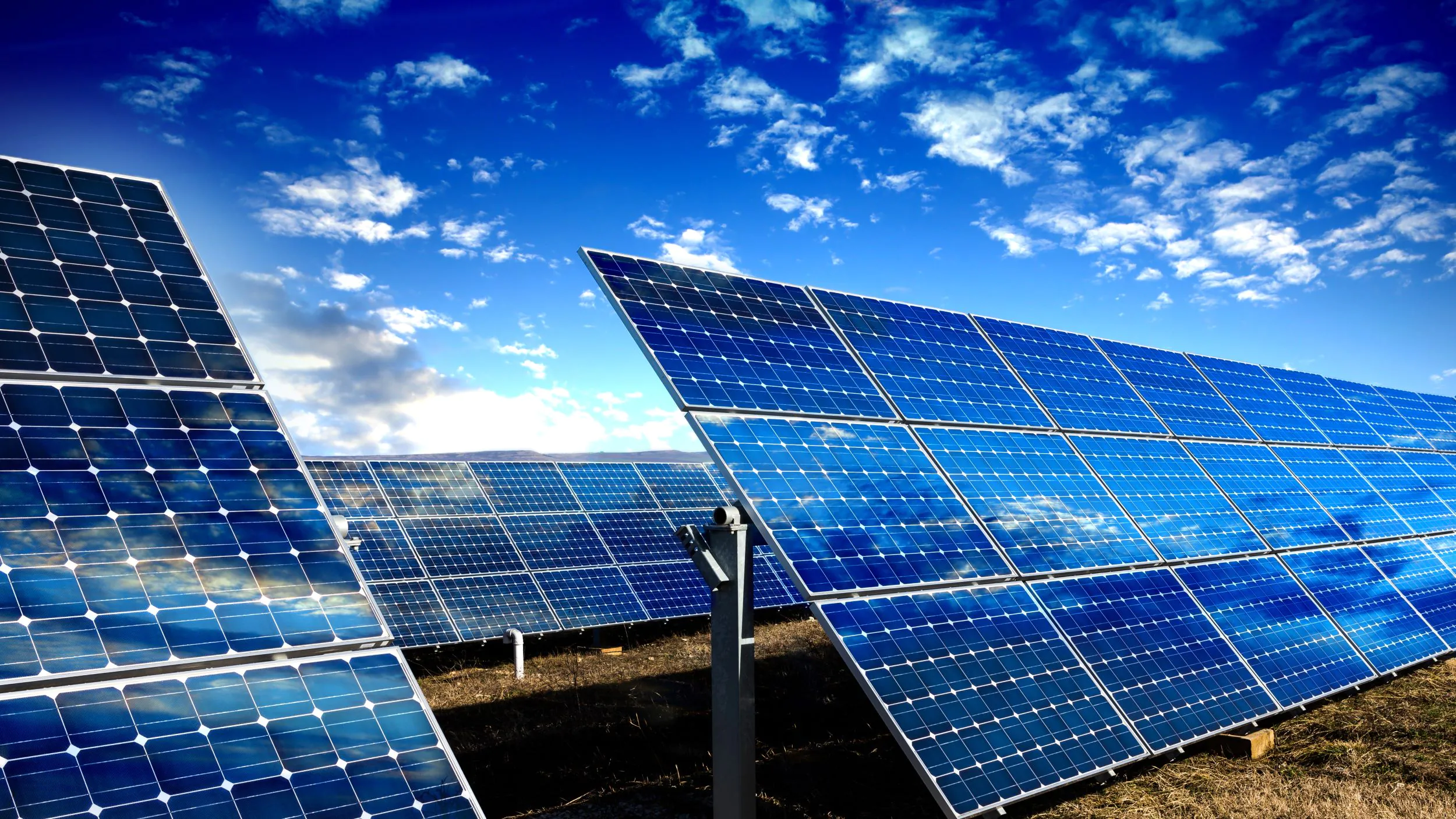Glass is becoming an increasingly important material across industries, as the push for more sustainable practices globally calls for material changes and innovations to reduce waste and increase the efficiency of many different operations. Packaging is one area in which glass use is rising, as manufacturers move away from plastic containers, bottles, and pouches and look for more environmentally friendly options. Despite being more breakable than plastic, glass is durable, reusable, recyclable, and can safely hold a variety of substances, giving glass manufacturing a boost in demand.
But plastic replacement isn’t the only area in which glass is seeing increased use. It is quickly becoming invaluable in energy generation and conservation. Glass is an important component of solar panels, and new innovations are being made in transparent glass solar panels, which could be used much more widely than traditional panels. There are also types of high-performance glass that provide thermal insulation and block UV and infrared light, helping to regulate the temperature of buildings and reduce the amount of energy needed to heat and cool them.
Glass Manufacturing Industry Overview
The global glass manufacturing industry is valued at over $100 billion and is expected to grow at a healthy compound annual growth rate (CAGR) of 5.2% between 2022 and 2030. Meanwhile, the solar energy systems industry is worth over $160 billion and boasts a CAGR of more than 15%, creating more demand for glass in order to manufacture more solar panels around the world. Construction projects are also on the rise in many different countries, which helps drive demand for glass products such as architectural glass and glass windows and doors. Recycled glass is also becoming increasingly popular as businesses seek to reduce waste and shrink their environmental footprint.
Container glass accounts for close to half of global glass manufacturing due to demand from the packaging sector, while increased spending on residential and commercial construction is driving a significant growth in demand for flat glass. Overall, the Asia-Pacific region was the biggest source of revenue for glass manufacturers, accounting for over 40% of the market in 2021. With high activity in both the industrial and construction sectors, this is expected to hold true for the next several years.
Glass Manufacturing Methods and Product Types
There are a number of different ways of making and finishing glass and glass products. Glassblowing is used to create shaped objects such as bottles, and typically makes use of molds to create uniform products. Floating is used to create flat glass and involves feeding molten glass onto a bath of molten tin. This process results in a sheet of glass with a smooth surface and uniform thickness that can be used as a base for many other types of glass. Flat glass is used for numerous applications such as windshields, architectural glass, bus stop glass, residential windows, electronics, and many others.
Rolling is another glass manufacturing technique and involves pouring molten glass between water-cooled rollers. This method is used to create items such as solar panel glass, patterned flat glass, and wired glass. It offers higher transmittance than other types of glass, which is what makes it ideal for uses such as PV modules and thermal collectors.
There are many different types of glass, used for many different purposes. Toughened glass is cooled in a way that makes it resistant to breaking, and is used in products such as furniture, glass doors, shelves, and many others. Sandblasted and patterned glass are both translucent, letting in some light but allowing for privacy in areas such as shower doors or bathroom windows. They can also be used decoratively. Laminated glass has an interlayer that prevents it from shattering on impact, making it an important material for windshields, store windows, doors, and in other situations where glass breaking has a high risk of injuring people.
A range of coatings can be used to enhance glass as well, giving it specific properties to suit particular situations. For example, coatings are used to create high-performance glass with thermal insulating properties and a resistance to UV and infrared light. This type of glass is known as Low-Emissivity or Low-E glass and is used to make buildings more energy-efficient.
Solar-control glass serves a similar purpose. An oxide coating reflects the sun and prevents heat from penetrating through windows, as well as stopping solar glare, while still allowing light through. Solar Low-E glass is also available, combining the properties of both types of glass in order to be even more effective. These types of glass are particularly useful on buildings with glass façades.
The development of transparent solar cells brings new opportunities for glass manufacturers and for businesses and homeowners looking to utilize solar energy without needing to cover rooves in large, noticeable solar panels. Solar glass contains these solar cells in glass panels and can be used as windows and architectural glass to generate electricity for buildings.
This innovation is particularly suited to urban environments where space is limited, and appeals to builders and owners who want renewable energy without sacrificing on aesthetics. At the moment, solar glass does have its drawbacks, however. Traditional solar panels typically have a 20% efficiency rate, while the current iteration of solar glass only achieves 5%-10%. This is expected to improve in the future as researchers continue to develop new and better versions of solar glass that may be able to provide even higher efficiency than traditional solar panels.



